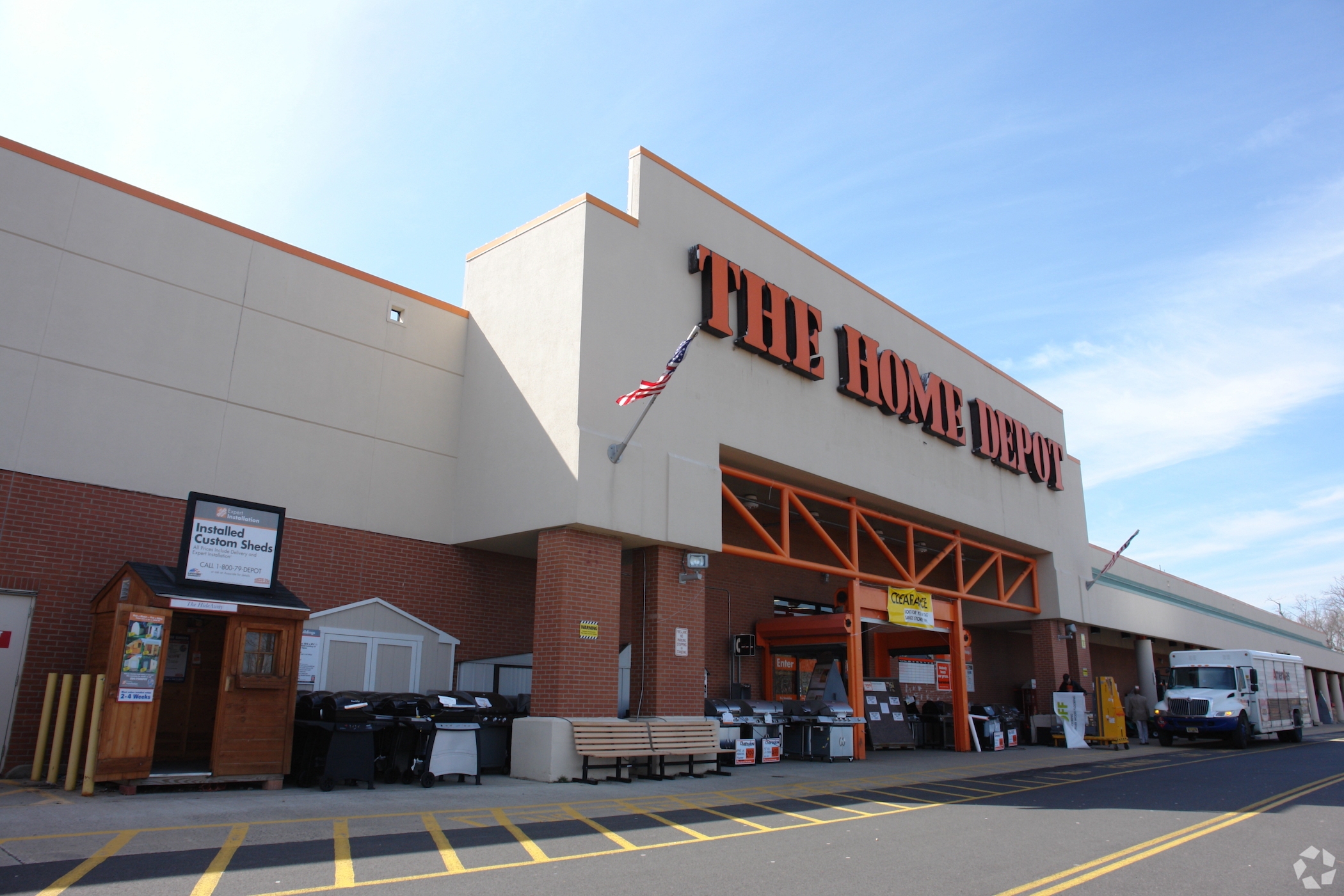What $65 Million Can Buy in Large US Retail Markets
Record levels of consumer spending and years of pent-up demand have propelled the national retail industry far beyond the depths it experienced in the early days of the pandemic, and that’s catching the attention of investors.
The prices that big-ticket single-tenant properties, neighborhood strip malls and grocery-anchored centers fetch often reflect how a market is performing, highlighting investor confidence or foreshadowing potential risk depending on factors such as regional job growth and consumer demand. They also provide a window into what attributes buyers are seeking and what they’re willing to bet on in the face of increasing economic turmoil.
And, of course, a building’s location, age, condition, occupancy and other characteristics can affect the price.
For investors shopping for retail properties, sites near some of the largest cities in the United States that tout a lineup of credit-worthy tenants are perceived to be particularly stable and in strong demand. Those attributes came to the fore when the pandemic created a clear divide between retailers able to survive the crisis and those unable to withstand lockdowns, capacity restrictions and shifts in consumer demand.
Here’s a subjective look at how far $65 million will go for various retail property types within commuting distance of Los Angeles, New York City and Miami.
Address: 520-550 Deep Valley Drive
Price: $64 million, or about $172.45 per square foot
Size: Roughly 371,125 square feet across 13.26 acres
Buyer: Cynthia Hu, a private Southern California-based investor
Seller: Pennsylvania-based investment firm Stoltz Real Estate Partners
Nearest U.S. City: Los Angeles
Year Built: 1981
Tenant Lineup: The shopping center is anchored by a Regal Cinemas theater and includes traditional retailers such as Talbots and Chicos, high-end fitness chain Equinox, Discovery World Education Center and roughly 35 other food and service businesses.
Vacancy Rate: About 22% as of Dec. 6, according to CoStar data
Fun Fact: The Southern California retail property, which was originally constructed as an enclosed mall, has had anchor tenants including Saks Fifth Avenue, Pottery Barn, Restoration Hardware, Borders Books and Music, and Macy’s.

Address: 310 state Route 36
Price: $62.5 million, or about $213.25 per square foot
Size: Roughly 293,085 square feet across 28.4 acres
Buyer: Paramount Realty Services, a New Jersey real estate investment firm
Seller: Site Centers, a retail-focused real estate investment trust
Nearest U.S. City: New York
Year Built: 1993
Tenant Lineup: Home Depot occupies more than one-third of the property, which includes big retailers Buy Buy Baby, DSW, Petsmart, Ulta Beauty, Dollar Tree and Chuck E. Cheese.
Vacancy Rate: Fully leased as of Dec. 6, according to CoStar data
Fun Fact: Power centers similar to this one along state Route 36 have become especially popular among investors aiming to take advantage of their strong operating performance and perceived reliability. More than $8.5 billion of retail deals for power centers closed within the first 10 months of the year, on track to nearly double the previous annual record of $5 billion that was set in 2015, according to CoStar data.

Address: 12503-12681 Miramar Parkway
Price: $61.54 million, or about $405.70 per square foot
Size: Roughly 151,700 square feet across 22.6 acres
Buyer: PGIM Real Estate, the investment arm of Prudential Financial
Seller: Stiles Retail Group, a Fort Lauderdale, Florida-based real estate firm
Nearest U.S. City: Miami and Fort Lauderdale
Year Built: 2020
Tenant Lineup: Florida supermarket chain Publix signed a lease to anchor the Miramar center shortly after the project’s groundbreaking in August 2018. In the years since, tenants including Ross Dress for Less, Planet Fitness, Five Below, Plato’s Closet and Popeyes Louisiana Kitchen have filled out the property.
Vacancy Rate: About 6% as of Dec. 6, according to CoStar data
Fun Fact: Population and employment growth in and around Florida in recent years have fueled the commercial real estate market in Miami, Fort Lauderdale and some of the state’s other large cities. Combined with limited new construction, demand for centrally located retail properties has climbed, especially for grocery-anchored centers that have long catered to risk-averse buyers. Publix-anchored properties are particularly sought after given the grocer’s dominance in the panhandle region. It’s share of the industry is more than 40%, according to data from Progressive Grocer.



